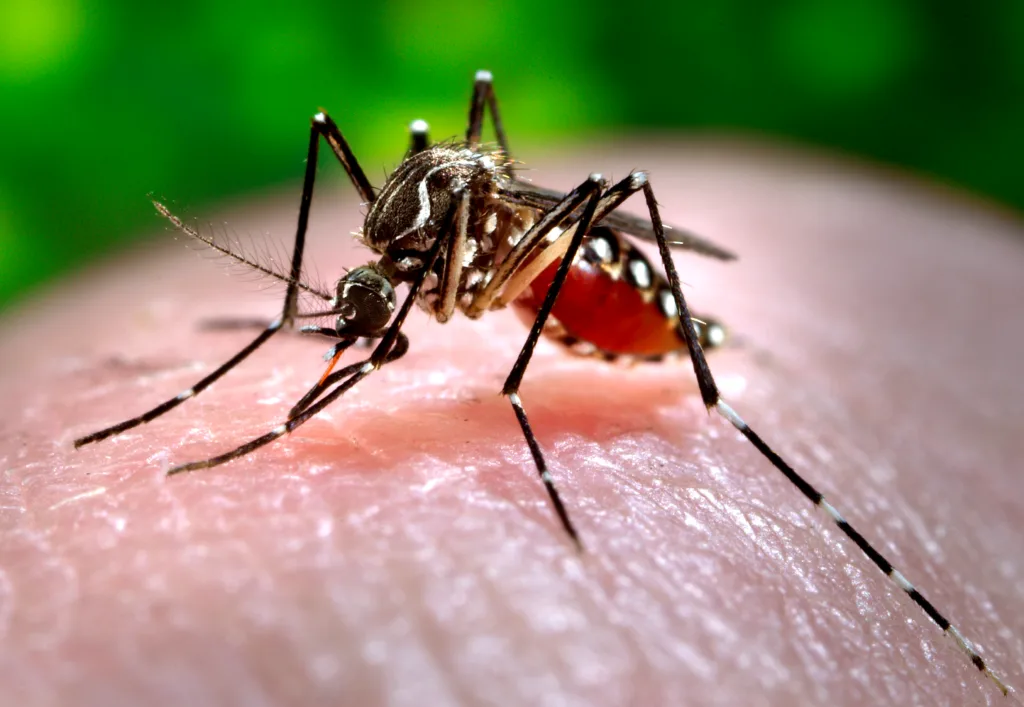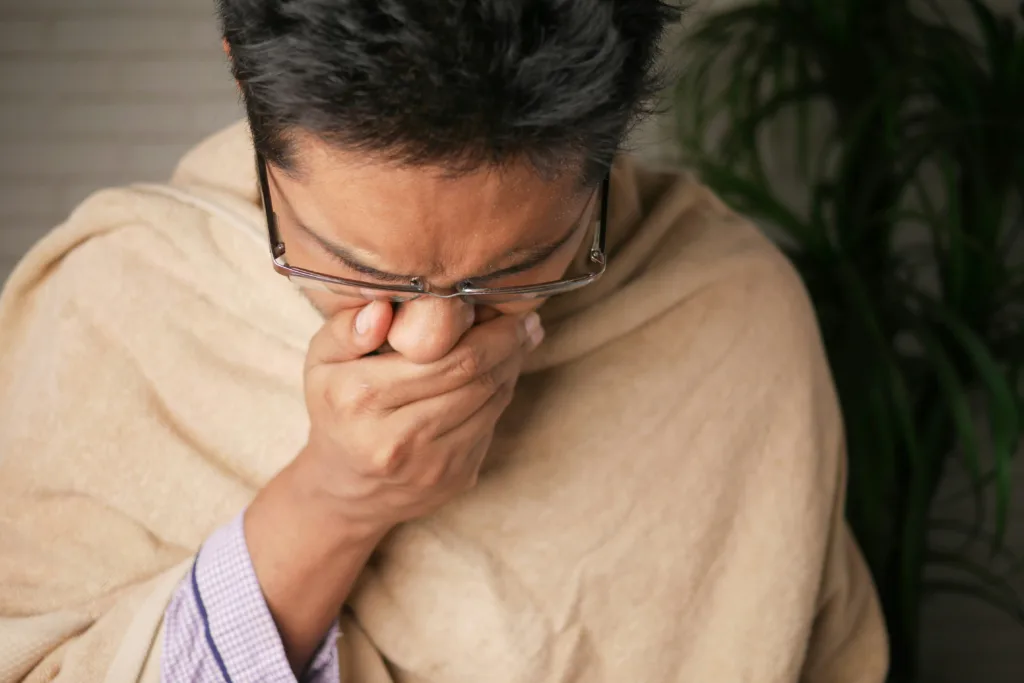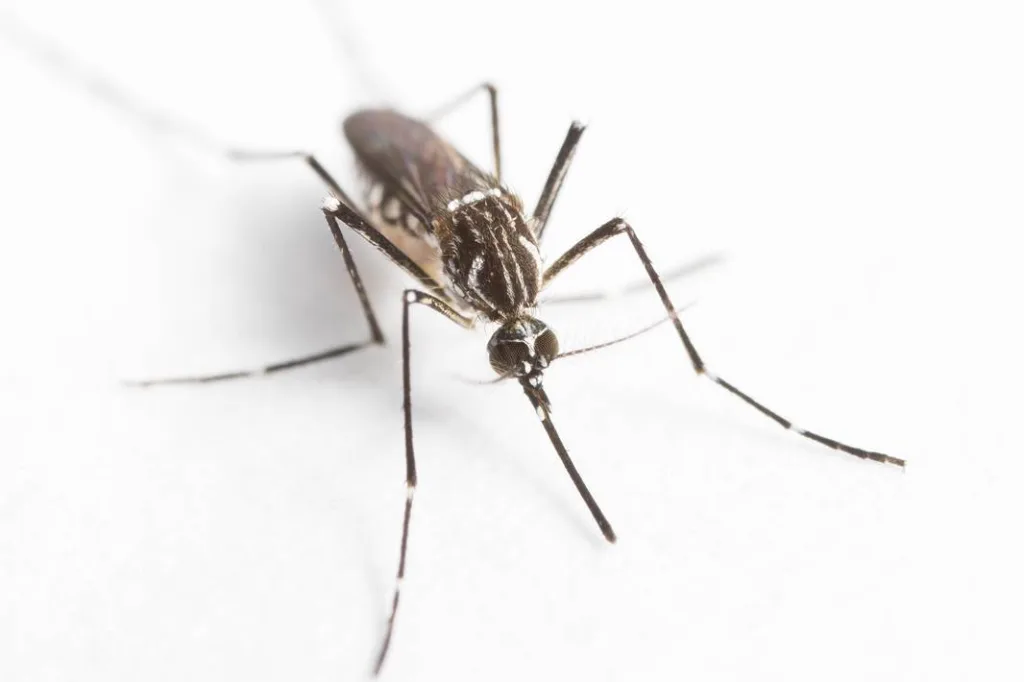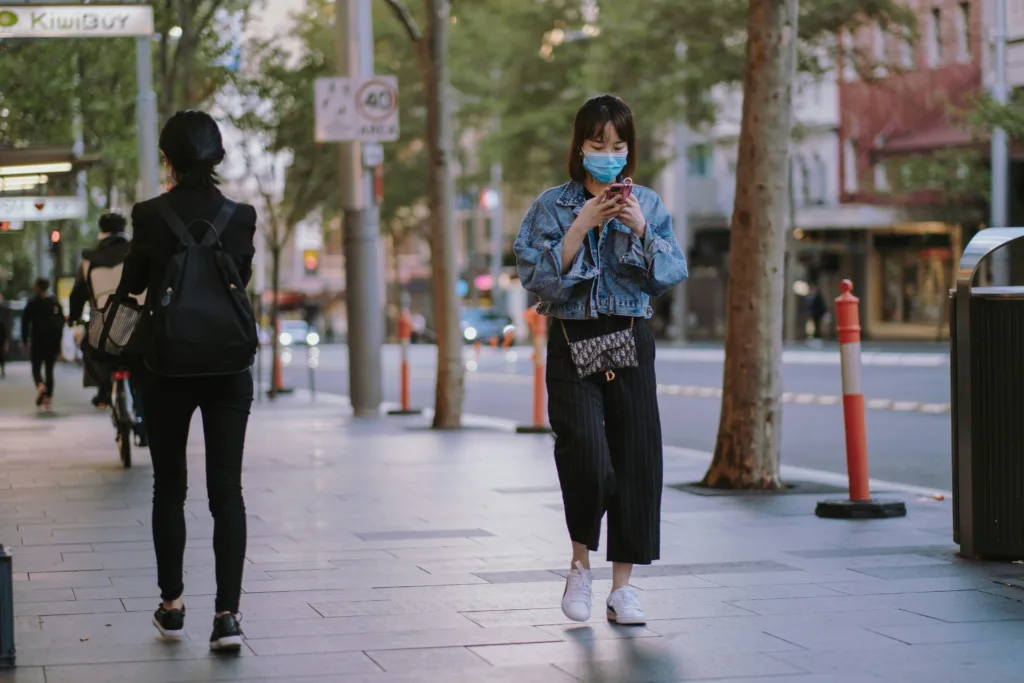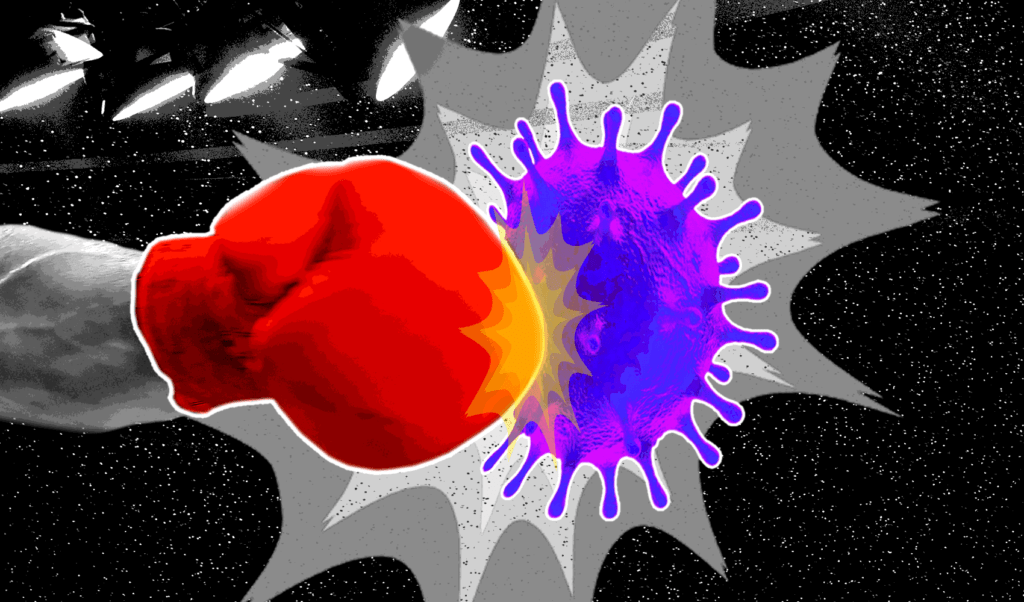Combining lessons learnt from past outbreaks and the opportunities afforded by new technologies will give the world its best chance of controlling diseases.
 Controlling the spread of infectious diseases requires communities to work together. : Unsplash: Dibakar Roy Unsplash Licence
Controlling the spread of infectious diseases requires communities to work together. : Unsplash: Dibakar Roy Unsplash Licence
Combining lessons learnt from past outbreaks and the opportunities afforded by new technologies will give the world its best chance of controlling diseases.
The common thread that runs through any public health effort to control, eliminate or eradicate an infectious disease is cooperation.
When local, regional and international communities work together, progress can be made towards containing diseases and potentially even eliminating them locally or eradicating them entirely.
Yet such efforts need to be maintained in order to prevent the resurgence of a disease and to best prepare the world for the next infectious disease threats it might face.
For example, the world is seeing a resurgence of measles due to missed vaccinations compounded by the COVID-19 pandemic.
Yet the lessons to turn this around are already available.
The top priority is raising vaccine uptake and ensuring that vaccination programmes are both accessible and convenient to fit the needs of the local communities they are serving. This also involves providing information about vaccines to address vaccine hesitancy and misinformation.
Many countries require more sophisticated disease monitoring systems to better detect measles cases as well as strong political will and commitment to the fight ahead.
In 2021 deaths from tuberculosis rose for the first time in a decade, some experts believe as a consequence of the COVID pandemic.
While many key barriers remain in ending the TB epidemic, from the challenges posed by the bacterium that causes it to accurately diagnosing and successfully treating it, a renewed interest in funding research and action into combating the disease seems the most promising step forward to ending it.
More investment could lead to more work on better vaccines to help protect against pulmonary TB in adults.
In Malaysia, dengue continues to pose a significant public health challenge with more than 120,000 cases recorded last year.
In response the Ministry of Health is using real-time data and machine learning to more efficiently manage cases, detect outbreaks and hence more proactively target interventions.
There is also a strong emphasis on sustained community engagement to ensure people understand the dangers posed by dengue, don’t fall prey to misinformation and are motivated to participate in prevention efforts.
The combination of lessons learned from the eradication of smallpox by 1980 and the technologies available today, suggests we may soon see the end of other eradicable diseases like polio.
Smallpox eradication efforts showed the power of international cooperation despite the global tensions of the Cold War at the time, and the benefits of equitable vaccine distribution.
Add to this mobile technologies of today that allow community members to participate in disease monitoring themselves, genetic sequencing to detect the presence of diseases in the environment and more sophisticated mapping and diagnostic tests to track transmission.
With progress towards eliminating malaria stalling since around 2015, there’s a need for new solutions to better prevent, detect and treat the disease.
A more protective vaccine that is effective across all strains of the disease would be a game-changer.
There is also a need for more accurate diagnostic tools and new treatments to get around increasing drug resistance.
Finally, targeting the mosquitoes that spread many infectious diseases can be another way of controlling them.
And there are multiple approaches to doing so that don’t rely on insecticides.
Modifying male mosquitoes through genetic modification, irradiation or infecting them with the bacterium Wolbachia, and then releasing them to mate with wild females can lead to the short-term elimination or suppression of local mosquito populations.
Originally published under Creative Commons by 360info™.


